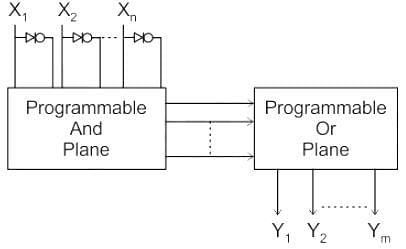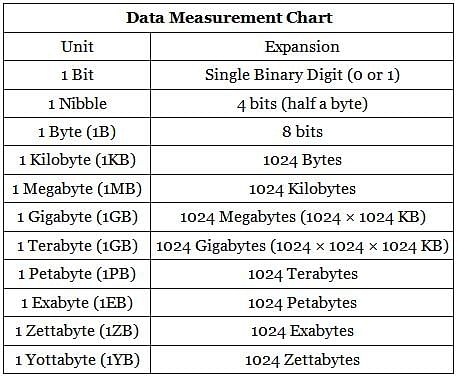Electronics and Communication Engineering (ECE) Exam > Electronics and Communication Engineering (ECE) Tests > Topicwise Question Bank for Electronics Engineering > Test: Semiconductor Memories - 2 - Electronics and Communication Engineering (ECE) MCQ
Test: Semiconductor Memories - 2 - Electronics and Communication Engineering (ECE) MCQ
Test Description
10 Questions MCQ Test Topicwise Question Bank for Electronics Engineering - Test: Semiconductor Memories - 2
Test: Semiconductor Memories - 2 for Electronics and Communication Engineering (ECE) 2025 is part of Topicwise Question Bank for Electronics Engineering preparation. The Test: Semiconductor Memories - 2 questions and answers have been
prepared according to the Electronics and Communication Engineering (ECE) exam syllabus.The Test: Semiconductor Memories - 2 MCQs are made for Electronics and Communication Engineering (ECE) 2025 Exam. Find important
definitions, questions, notes, meanings, examples, exercises, MCQs and online tests for Test: Semiconductor Memories - 2 below.
Solutions of Test: Semiconductor Memories - 2 questions in English are available as part of our Topicwise Question Bank for Electronics Engineering for Electronics and Communication Engineering (ECE) & Test: Semiconductor Memories - 2 solutions in
Hindi for Topicwise Question Bank for Electronics Engineering course. Download more important topics, notes, lectures and mock
test series for Electronics and Communication Engineering (ECE) Exam by signing up for free. Attempt Test: Semiconductor Memories - 2 | 10 questions in 30 minutes | Mock test for Electronics and Communication Engineering (ECE) preparation | Free important questions MCQ to study Topicwise Question Bank for Electronics Engineering for Electronics and Communication Engineering (ECE) Exam | Download free PDF with solutions
Detailed Solution for Test: Semiconductor Memories - 2 - Question 1
Detailed Solution for Test: Semiconductor Memories - 2 - Question 2
| 1 Crore+ students have signed up on EduRev. Have you? Download the App |
Test: Semiconductor Memories - 2 - Question 3
The address bus width of a memory of size 1024 × 8 bits is
Detailed Solution for Test: Semiconductor Memories - 2 - Question 3
Test: Semiconductor Memories - 2 - Question 4
If the computer has 32 k words, then this memory unit has _______ memory locations.
Detailed Solution for Test: Semiconductor Memories - 2 - Question 4
Test: Semiconductor Memories - 2 - Question 5
A given memory chip has 14 address pins and 8 data pins. It has the following number of locations.
Detailed Solution for Test: Semiconductor Memories - 2 - Question 5
Detailed Solution for Test: Semiconductor Memories - 2 - Question 6
Detailed Solution for Test: Semiconductor Memories - 2 - Question 7
Detailed Solution for Test: Semiconductor Memories - 2 - Question 8
Detailed Solution for Test: Semiconductor Memories - 2 - Question 9
*Answer can only contain numeric values
Test: Semiconductor Memories - 2 - Question 10
In an 8085 microprocessor, the number of address lines required to access a 16 K byte memory bank is
Detailed Solution for Test: Semiconductor Memories - 2 - Question 10
Information about Test: Semiconductor Memories - 2 Page
In this test you can find the Exam questions for Test: Semiconductor Memories - 2 solved & explained in the simplest way possible.
Besides giving Questions and answers for Test: Semiconductor Memories - 2, EduRev gives you an ample number of Online tests for practice
Download as PDF




















